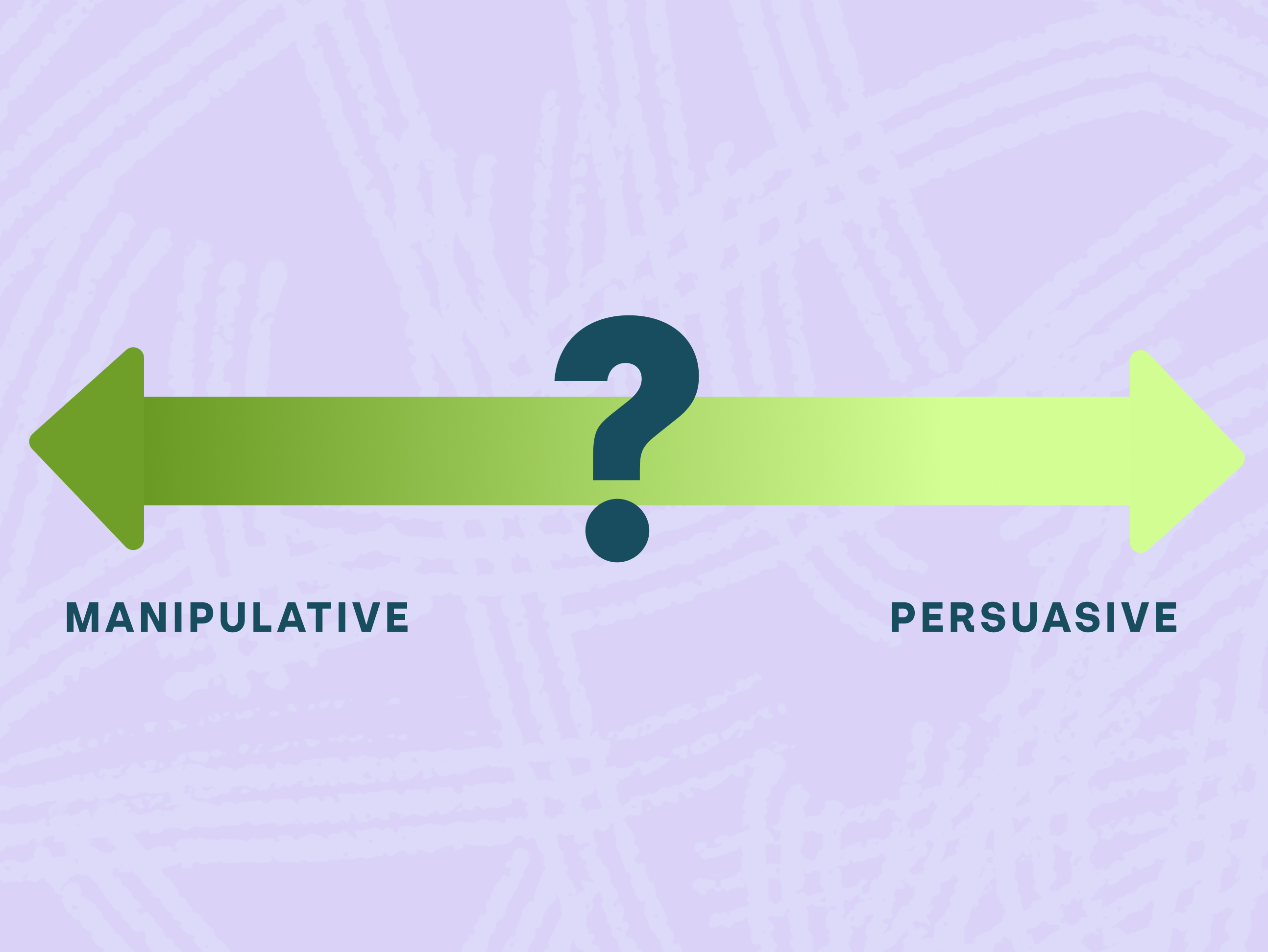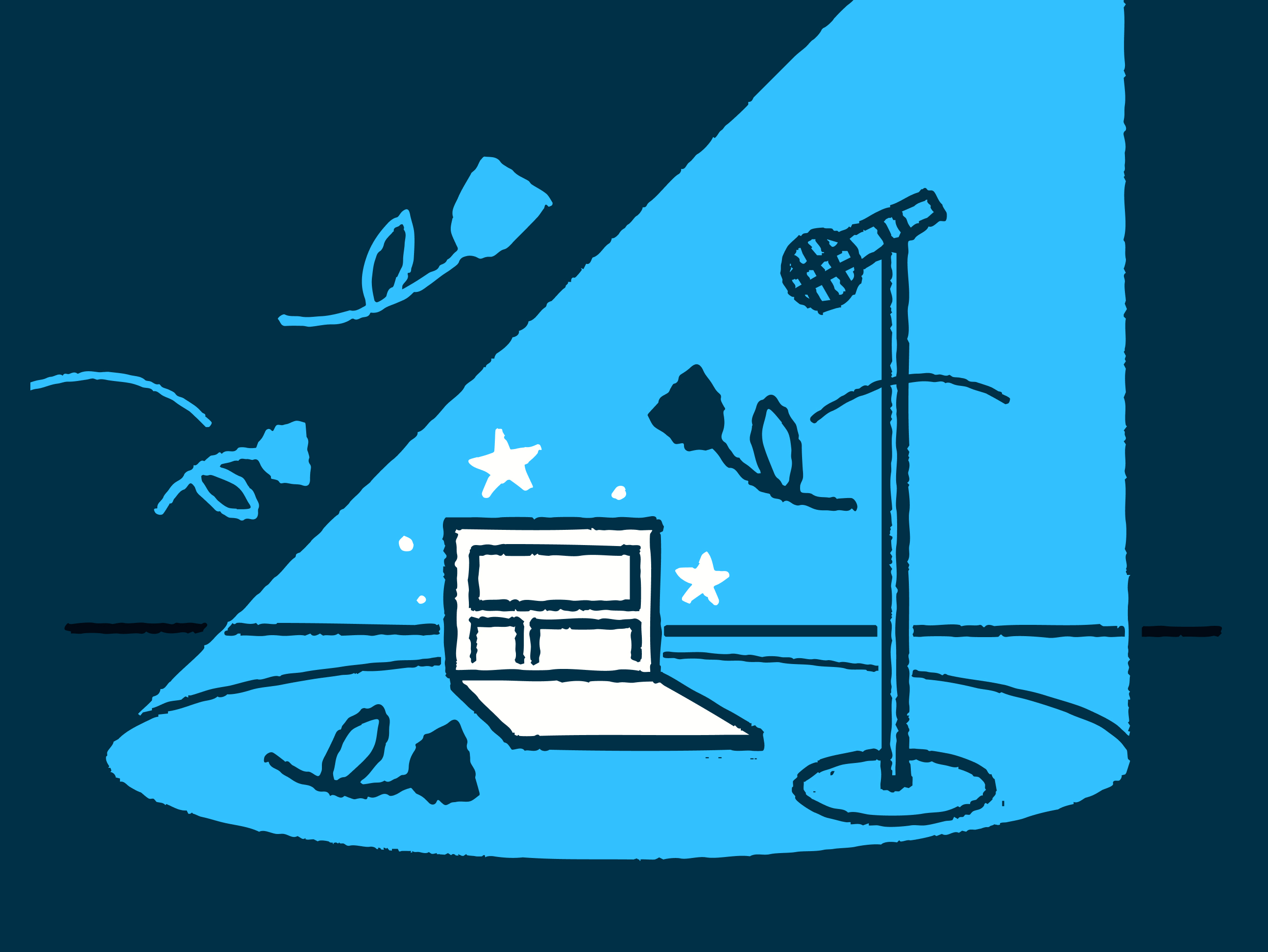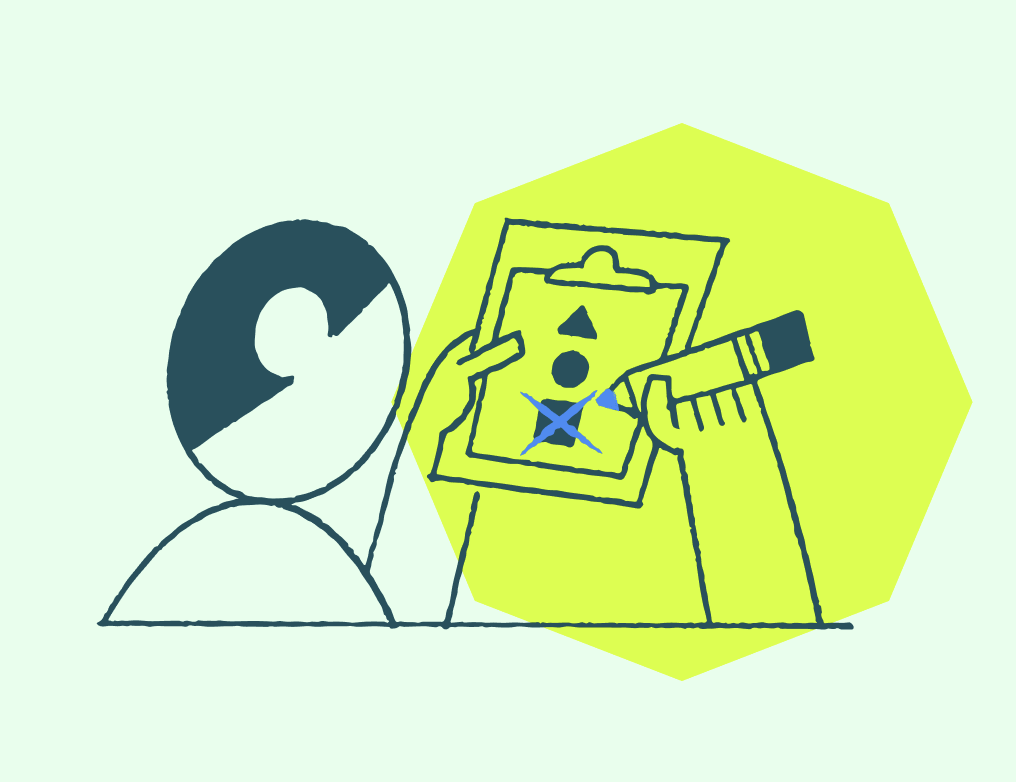From Uncertainty to Clarity: Using Design Thinking to Navigate the Path Forward
Over the past two months I’ve been in countless conversations where uncertainty is the topic at hand—where we all wonder aloud, “Where do we go from here?,” or “What do we do about this?,” or “How have my customers been impacted?” It’s true, many of us are questioning how much the world will change, how it will affect our businesses and our customers, and what to expect on the other side. There’s a path forward for each of us though—a means to navigate this crisis, to find opportunities to pivot your business, and to meet the needs of your customers better than ever before.
What makes us optimistic?
Businesses are finding a way to maneuver these tough, complex questions by prioritizing the experience of their customers and how they serve their evolving needs. They are testing new offerings and positioning themselves to not only survive these times, but come out stronger on the other side. In our industry, this is known as design thinking—a method for creative problem solving and innovation that helps you reframe challenges, develop human-centered solutions, and impact people and their relationships with business.
How does it work? At its core, design thinking puts people and their needs at the center. It is an ideology which allows us to understand people’s challenges, their motivations, and their behaviors to inform how we reshape and improve upon their experiences.
By understanding people, questions are answered, opportunities emerge, ideas become tangible, and experimentation inspires direction for next steps.
Design Thinking and Customer Listening
Imagine if you knew what your customers need from you right now—how you can best serve them to win their hearts, grow your business, and thrive in the future. Design thinking sets direction, and demystifies where you should be focusing your effort.
Customer listening and design thinking are driving breakthroughs in innovation and new product development even and especially now. How have others in our own community been turning the challenges of COVID-19 into opportunities?
Analyzing the Experiences of Everyone They Serve
The Mid-Ohio Foodbank strives to end hunger, and has been reducing the missing meal gap in Ohio year-over-year. This spring as unemployment was skyrocketing, however, the stability of our neighbors became more precarious and demand for the Foodbank’s services increased. In a time where it would be easy to just double down on execution, the Foodbank’s leadership looked for opportunities to be strategic and improve.
By analyzing the experiences of everyone they serve—from their client visitors, to their volunteers, to agency operators—the Foodbank discovered opportunities to improve and further impact each audience. Our team at ZoCo has been working alongside the organization to build a digital platform to bring these ideas to life. Today, new products are in development to streamline the entire experience to improve accessibility, link users to resources, improve reporting, and optimize operations.
Streamline and Improve Customers Experiences
The need for simpler, more accessible healthcare has also been a driver of innovation, and has become more necessary than ever during this time. How do patients engage and take control of their health wherever they are? Two of our clients had the foresight and vision to ask this question well before the pandemic, and are thriving in today’s contactless world.
ScriptDrop, the prescription delivery startup, expanded their same-day home deliveries nationally during quarantine, and are now working with a third of all US pharmacies. Updox, a virtual health engagement platform, found traction in their telemedicine tool by removing the friction of the signup experience for patients and providers alike. Today, they’ve grown to 45,000 telehealth visits per day. By looking for opportunities to streamline and improve their customers’ experiences, these companies are thriving.
Align Your Products or Services to Connect
Perhaps developing a digital experience feels like more than you’re ready for? Sometimes the simplest ideas can lead to the most meaningful pivots, as long as they are in alignment with your brand and the core value you provide. Imagine how you can meet your customers where they’re at, and align your products or services to connect with their new normal.
For some inventive local food providers, their pivot has been to change the way they deliver value, while keeping core to the business they are known for. Both The Kitchen and Italian Village Market have transitioned from offering dining experiences on-premise to at-home meal kits. These meet the need for special culinary experiences—something extraordinary, a treat for you and a loved one, or a break from the usual routine—but serve the customer of today by aligning with the need to stay at home.
Meanwhile, the sushi roll restaurant Fusian saw an opportunity to serve their community in a different way. With COVID-19 closing their stores and markets becoming overrun, Fusian started to deliver groceries. And why not? Their customers already associate them as a food provider, they have access to fresh produce as a restaurant, and it was a real human need their customers were facing.
How can you meet the evolving needs of your customers today?
How can you pivot like these local companies, or find future opportunities in change? You start with curiosity. Using a beginner’s mind that is free of assumption, investigate the world and experiences of your customers. Consider that today is not like yesterday. Even if you were comfortable with your business’s inertia, the world is moving and shifting (spoiler: even outside of the COVID-19 era, this is true). If you aren’t sure of what opportunities lie ahead and how to position your company for success, design thinking will help clarify the path forward.
To that end, this feels like our opportunity to help, and perhaps is the topic where we can support our friends, our clients, and our community the most.
ZoCo is certainly an advocate of design thinking, and we are big believers in prioritizing the customer experience to find opportunities to innovate, to pivot, and to build exceptional new digital experiences. We’re using these methods right now with the Mid-Ohio Foodbank to minimize food insecurity, working alongside Smart Columbus and several community partners to develop a product to upskill our impoverished communities, and experimenting with our corporate innovation partners to reimagine their future offerings. All of this work is centered around understanding and reimagining the human experience. So where can you begin to leverage design thinking? Here are a few considerations to start.
First, Talk to your customers.
Understand their perspectives and map their experiences holistically.
- Who are your target customers? What separates the different audiences you serve and what ties them together?
- What are your customers doing? What are their attitudes, behaviors, and actions?
- What are they thinking and feeling? What are their preoccupations, worries, aspirations, and motivations?
- What are they hearing? What are others in their environment, their household, and their community saying?
- What do they see? What tools are they using and what conditions are they experiencing?
- Overall, what are their frustrations, fears, obstacles, and doubts?
- Overall, what are their wants, needs, and measures of success?
- How does a customer interact with your company end-to-end? Map your service journey (more on that here).
Second, Visualize the future.
Start to map next steps based on what you know about your customers and your opportunities.
- What is the core value you provide to your customers? What do they want to achieve? (Ex: Going to the gas station = I need to refuel, my body or my vehicle, because I want to get from A to B; or, Ex: Going to the pharmacy = I need a prescription because I want to feel well or improve my health.)
- How else can they achieve these goals? What does their ideal experience look like? (Ex: How can I get from A to B, without going to the gas station? Or, Ex: How can I feel well or improve my health, without going to the pharmacy?)
- How else could you deliver on their needs? Explore new ideas for how to serve your customers.
- How can you build a tangible prototype to test these concepts?
- What have you learned about your business during this crisis?
- Who do you want to be? What will you do differently in the future?
Uncover Opportunities for Bold Thinking
There’s an opportunity here—for businesses, for customers, and for brands. With a little curiosity, we can move past the complex, the unknown, and the uncertain. I’m in it with you, and while I don’t pretend to have the answers, it only takes one spark—one new perspective—to catch fire and lead to positive change. I am optimistic that if we put people at the center of all we do, we’ll uncover opportunities for bold thinking and bring clarity to our next steps.
Check out our Ultimate Guide to UX Research & Product Design Services
Looking for insights for healthtech product leaders, delivered to your inbox every few weeks? Sign up for our newsletter.
Currently exploring
UX Mastery



.svg)
.svg)
.svg)
.svg)
.svg)
.png)


.svg)

